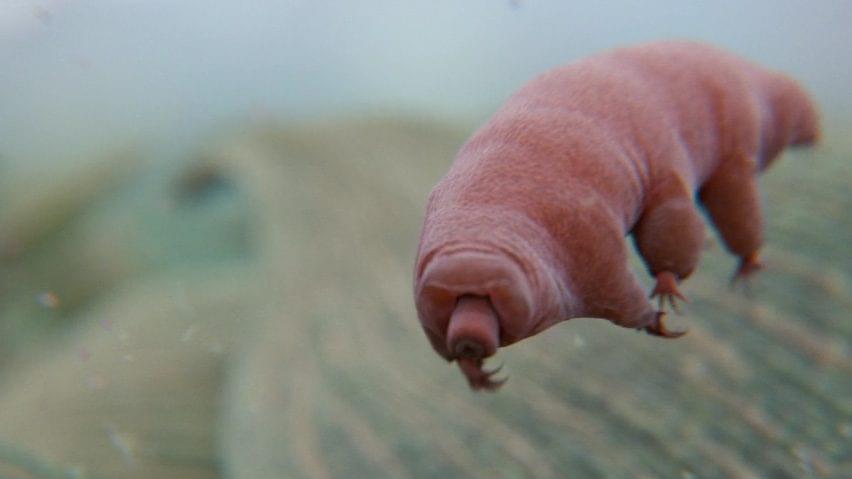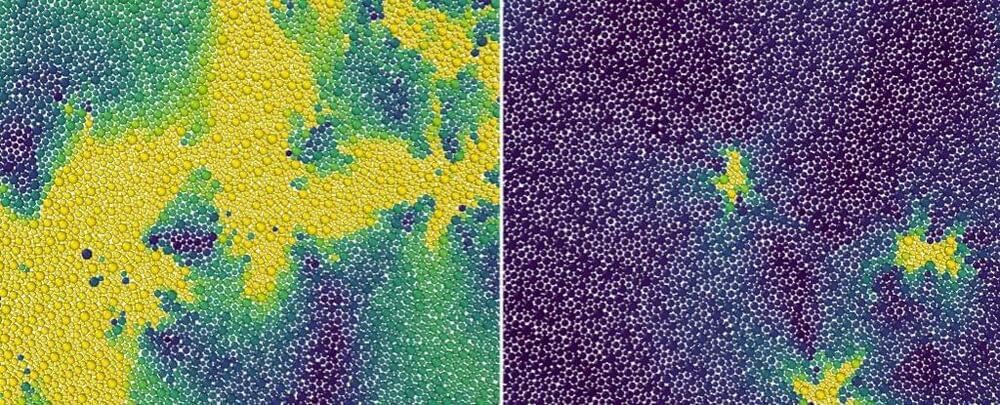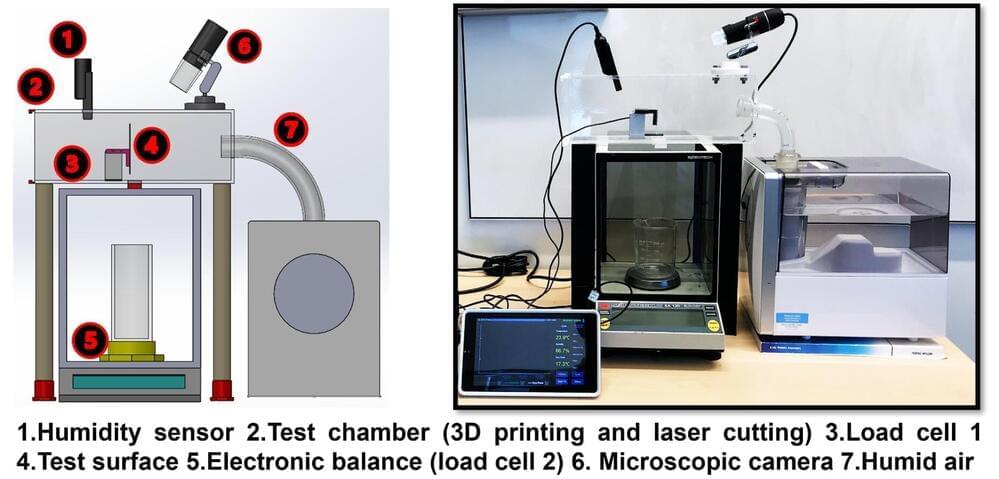Aug 28, 2023
Scientists figure out why tardigrades are nearly indestructible
Posted by Shailesh Prasad in category: life extension
Tardigrades have been frozen, boiled, exposed to extreme doses of radiation, and remarkably still survive. How?

Tardigrades have been frozen, boiled, exposed to extreme doses of radiation, and remarkably still survive. How?
Aviation company Boom Supersonic has undertaken a gargantuan task: it is building XB-1, the world’s first independently developed supersonic jet. The new airline will support next-generation aviation technology such as “carbon fiber composites, advanced avionics, and digitally-optimized aerodynamics to enable sustainable supersonic travel.”
This is according to a press release by the firm published on Thursday.

Glass might look and feel like a perfectly ordered solid, but up close its chaotic arrangement of particles more closely resemble the tumultuous mess of a freefalling liquid frozen in time.
Known as amorphous solids, materials in this state defy easy explanation. New research involving computation and simulation is yielding clues. In particular, it suggests that, somewhere in between liquid and solid states is a kind of rearrangement we didn’t know existed.
Continue reading “A Hidden State Between Liquid And Solid May Have Been Found” »
Samsung is the world’s biggest memory chip maker, and the company consistently keeps pushing the boundaries of technology to bring cutting-edge memory products. This time, however, the tech giant has outdone itself by developing a 256TB SSD. Yes, you’ve read it correctly. This is the first 256TB SSD in the industry, and Samsung has teased the latest product at Flash Memory Summit (FMS) 2023 in California, USA.
Samsung announces the world’s first 256TB SSD
As you might imagine, Samsung is aiming this 256TB SSD primarily at hyper-scale data centers. According to Samsung, it uses the 3D QLC NAND technology and consumes approximately seven times less power than stacking eight 32TB SSDs. The tech giant hasn’t revealed any other details about this flash drive. However, considering that it is made for data centers, it most likely has an ESDFF or NGSFF form factor.

Nature is the ultimate quantum computer.
A team of researchers is designing novel systems to capture water vapor in the air and turn it into liquid.
Hypotension is a common complication during general anesthesia associated with increased postoperative mortality and morbidity. Every episode of intraoperative hypotension, regardless of duration, is linked to the risk of acute kidney injury and cardiovascular events. The vulnerability to hemodynamic disturbances increases with age, underscoring the need for prompt interventions for elderly patients who experience hypotension during anaesthesia.
Using ephedrine resulted in a notable rise in mean arterial pressure (MAP) and cardiac output (CO). Still, no meaningful correlation with age was detected in patients aged 45 years or older. These results imply that ephedrine is reliable for managing low blood pressure during general anaesthesia, even in elderly patients, says Yuta Uemura in a recent study published in BMC Anesthesiology.
Ephedrine is a mixed α- and β-agonist vasopressor for correcting hypotension during general anaesthesia. β-responsiveness decreases with age; therefore, this study aimed to determine whether ageing would reduce the pressor effect of ephedrine on hypotension during general anaesthesia.
HBP researchers from Forschungszentrum Jülich and the University of Cologne (Germany) have uncovered how neuron densities are distributed across and within cortical areas in the mammalian brain. They have unveiled a fundamental organisational principle of cortical cytoarchitecture: the ubiquitous lognormal distribution of neuron densities.
Numbers of neurons and their spatial arrangement play a crucial role in shaping the brain’s structure and function. Yet, despite the wealth of available cytoarchitectonic data, the statistical distributions of neuron densities remain largely undescribed. The new HBP study, published in Cerebral Cortex, advances our understanding of the organisation of mammalian brains.
The team based their investigations on nine publicly available datasets of seven species: mouse, marmoset, macaque, galago, owl monkey, baboon and human. After analysing the cortical areas of each, they found that neuron densities within these areas follow a consistent pattern – a lognormal distribution. This suggests a fundamental organisational principle underlying the densities of neurons in the mammalian brain.
A recent study in mice adds to the evidence suggesting that Parkinson’s disease may actually start in the gut rather than the brain.
Scientists have found a way to reprogram human cells so that they mimic the highly plastic embryonic stem cells that have so much promise for use in regenerative medicine. By essentially wiping the cell’s “memory”, the team have created so-called induced pluripotent stem (iPS) cells, which could be used to regenerate or repair diseased tissue and organs.
IPS cells are a type of pluripotent cell that can be obtained by reprogramming mature human adult cells (“somatic” cells) into an embryonic stem cell-like state. This means that they have the capacity to differentiate into any cell of the body. They were first demonstrated in 2006, and have myriad potential biomedical and therapeutic uses, including disease modeling, drug screening, and cell-based therapies.
Despite this promise, researchers have continually hit a stumbling block that has prevented iPS cells from realizing their potential. “A persistent problem with the conventional reprograming process is that iPS cells can retain an epigenetic memory of their original somatic state, as well as other epigenetic abnormalities,” Professor Ryan Lister, lead author of a paper presenting the latest breakthrough, said in a statement.
